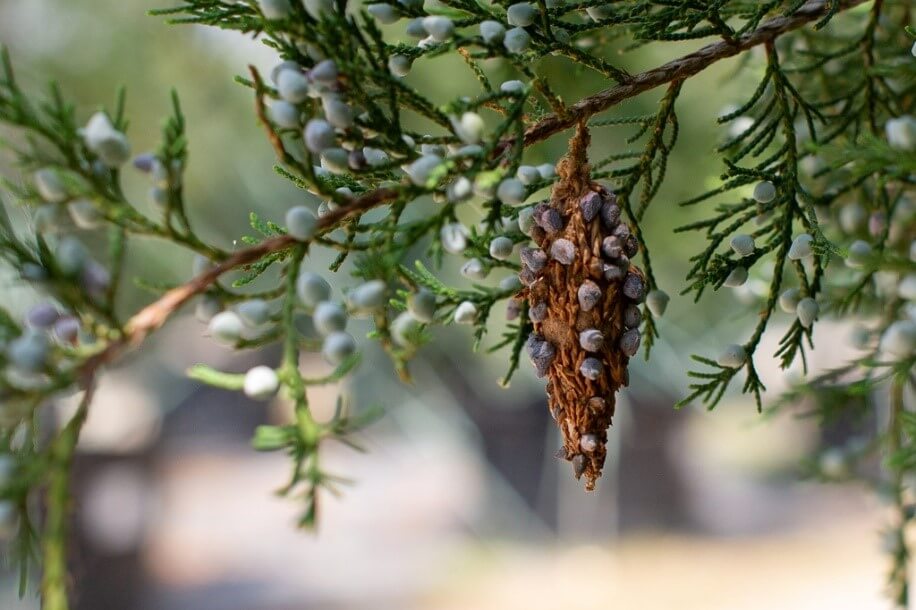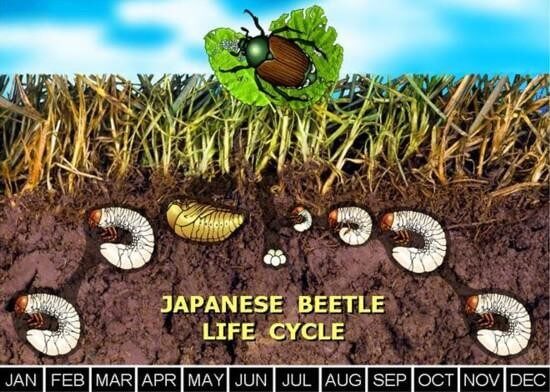At this point in the year, many of us are craving a little sunshine and the warmth it brings. If you close your eyes, you can envision the colorful flowers, the smell of freshly cut grass, and the sound of various insects swarming around. Oh, those pesky bugs. Opening your eyes is a quick snap back to reality which makes you wonder where all these once very present insects go in the winter. Do they hibernate? Just die off? Migrate? However far they may seem, they somehow never fail to return in the warmer months.
So, where do bugs go in the winter? To understand the answer to this question, you must understand that every insect is different. Each insect has what we call a “life cycle”, meaning they go through transformational phases. These phases don’t follow our typical calendar days, but rather, the temperature.
In most cases, the adult insects will die off, but leave their babies or eggs protected, to hatch when temperatures rise. To see an example of this, we will go through the life cycle of two of our most consistent and notorious landscape pests: Bagworms and Japanese Beetles.
Bagworms

At the end of the feeding season, adult Bagworms fully enclose themselves in their bags. Males will go through a transformation process and emerge as moths, then find the females to mate. The females will lay their eggs in the protective bag, then fall out to die. Generally, around late May or early June, the babies will hatch and emerge from their bag. They will feed and surround themselves in a bag made from tree debris. This bag continues to grow and help disguise these bugs as they grow. They continue to feed until about mid-August in our area, and the cycle starts over again.
Japanese Beetles

Mated female beetles burrow into the soil and lay their eggs during the summer. The eggs hatch into grubs that live underground and feed on roots of grass and other plants. They burrow further into the ground as they overwinter. In June, the beetles emerge as adults to feed on plants and tree leaves and start the process over again.
When the Insects Return
As you can see, most insects have a way of making a way through our cold winters. We can be sure that they will emerge the following season and the cycle will continue. Temperatures can indeed determine whether populations will be extensive or sparse. Some climates are more suitable for certain species to thrive while others are not.
There are ways to prepare for these and other pests that damage our landscape plants. For Japanese Beetles and various other insects, we have a preventative soil drench that goes systemic into the plant and can help protect your trees and shrubs throughout the season.
We also recommend inspections throughout the growing season to monitor your property. It is important to remember that insects don’t emerge on the same day every year and different insects emerge at different times. As we mentioned earlier, it’s the temperature, not our calendar days, that determine an insect’s emergence and life cycle. Ideally, we would like to be on your property as frequently as possible to monitor for insect activity and treat on an as-needed basis.
If you are interested in protecting your property from the insects that will be back this season to feed on your trees and shrubs, give us a call and we will write up a Plant Health Care plan that is specific to your property.

